The Obstacle Course
Illustrate potential and kinetic energy transfer.
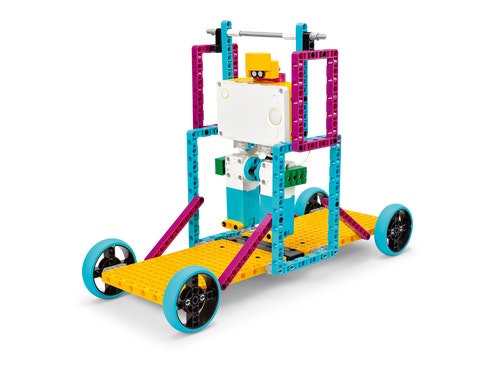
Engage
(Project Part A, Before Class, 30 Min.)
- In this lesson, your students will apply what they've already learned about potential and kinetic energy. They'll follow the Engineering Design Process to complete an open-ended project where they'll create an obstacle course demonstrating their comprehension of these concepts.
- The best types of obstacles for this project feature pendulum, "see-saw," or up and down motion.
- Use various materials to engage your students on the topic of pitch, roll, and yaw data values.
Ignite a Discussion
Start a discussion by asking questions related to the lesson. Here are a few suggestions:
- How are kinetic and potential energy related?
- Do you know of any obstacle course games?
Have your students write down their thoughts as a hypothesis.
Explore
(Project Part A, In Class, 45 Min.)
- Have your students work in pairs to brainstorm ideas for 2 or 3 obstacle course games they could build.
- Tell them to think about how they'll log values in order to illustrate energy transfer.
- Make sure that they incorporate the use of data in their ideas.
- Allow them some time to build prototypes of their ideas.
Explain
(Project Part B, In Class, 45 Min.)
- Tell your students to conduct their experiments.
- Encourage them to record plenty of data to use later on, and ask them to describe the values they'll be graphing.
- Have them record videos demoing their models.
Elaborate
(Project Part B, After Class, 45 Min.)
- Facilitate a sharing session in which your students exchange information. This can be done using whichever method/tool is most efficient (i.e., in-person or online).
Evaluate
- Give feedback on each student's performance.
- You can use the assessment rubrics provided to simplify the process.
Assessment Opportunities
Teacher Observation Checklist
Establish a scale that meets your needs, for example:
- Partially accomplished
- Fully accomplished
- Overachieved
Use the following success criteria to evaluate your students' progress:
- The students can identify a problem's key elements.
- The students are autonomous in developing a creative and working solution.
- The students can clearly communicate their ideas.
Self-Assessment
Have each student choose the brick that they feel best represents their performance.
- Blue: I've successfully created an obstacle course model.
- Yellow: I've successfully created an obstacle course model and have logged data to demonstrate the transfer of energy.
- Violet: I've successfully created an obstacle course model. I've logged data to demonstrate the transfer of energy, and I've clearly presented my ideas.
Peer-Assessment
Encourage your students to provide feedback to others by:
- Having one student score the performance of another using the colored brick scale above.
- Asking them to present constructive feedback to each other so that they can improve their group's performance during the next lesson.

Differentiation
Simplify this lesson by:
- Providing 4 or 5 obstacle course examples for the students to pick from, such as:
- Horizontal bar obstacle
- Ring swing obstacle
- Zip line obstacle
- Ladder up and down obstacle
- Use the Horizontal Bar Obstacle model to demonstrate what your students are about to do
Take this lesson to the next level by:
- Facilitating the brainstorming session as a whole-class activity, giving the groups more ideas to choose from.
- Sharing ideas for obstacle course games or ways of using motor and sensors
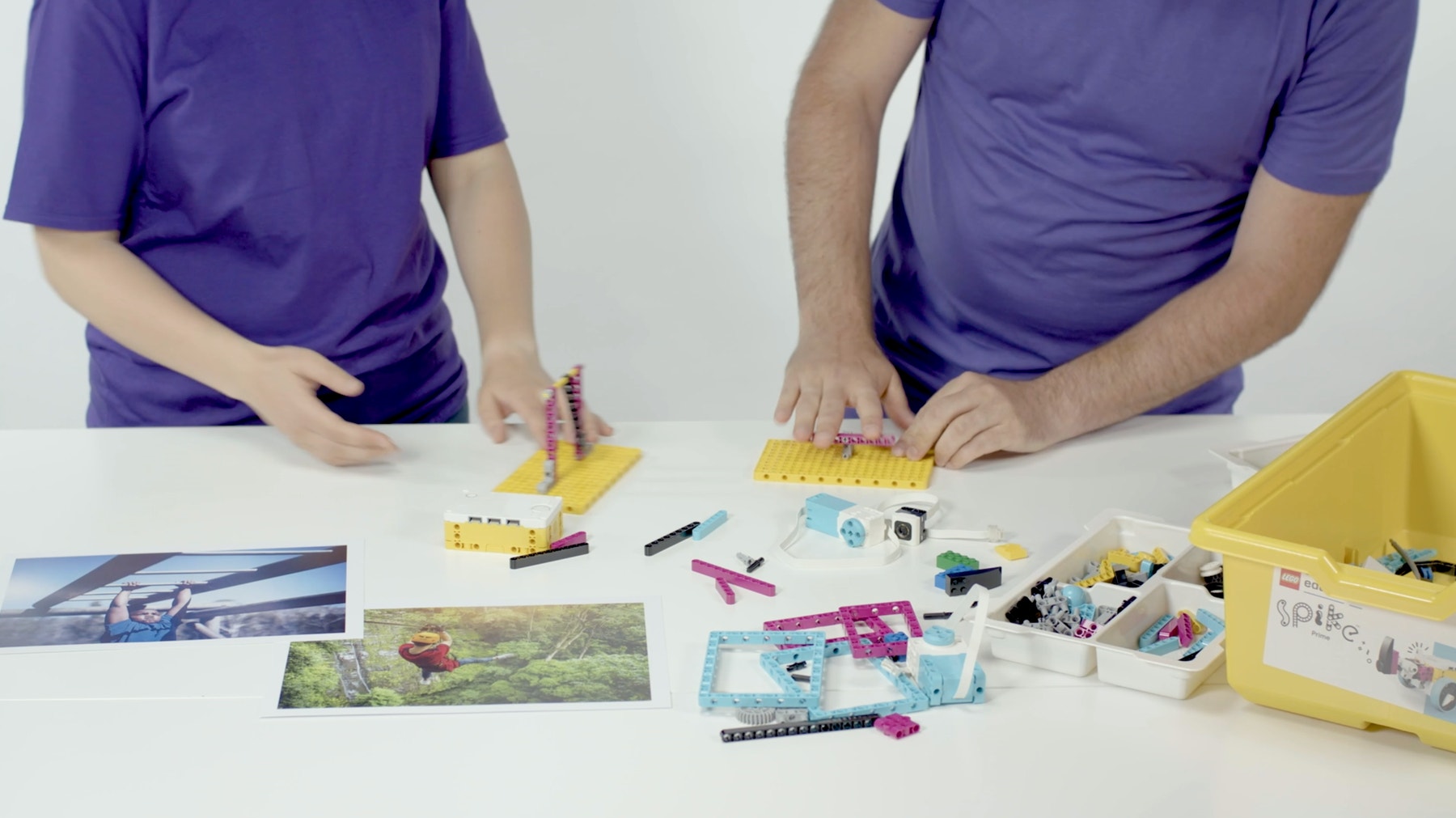
Tips
Building Tips
Open-Ended Solutions
This project is designed so that every student or team can have a unique solution.
Example Solution
Here's an idea you can use to inspire your students' design process.
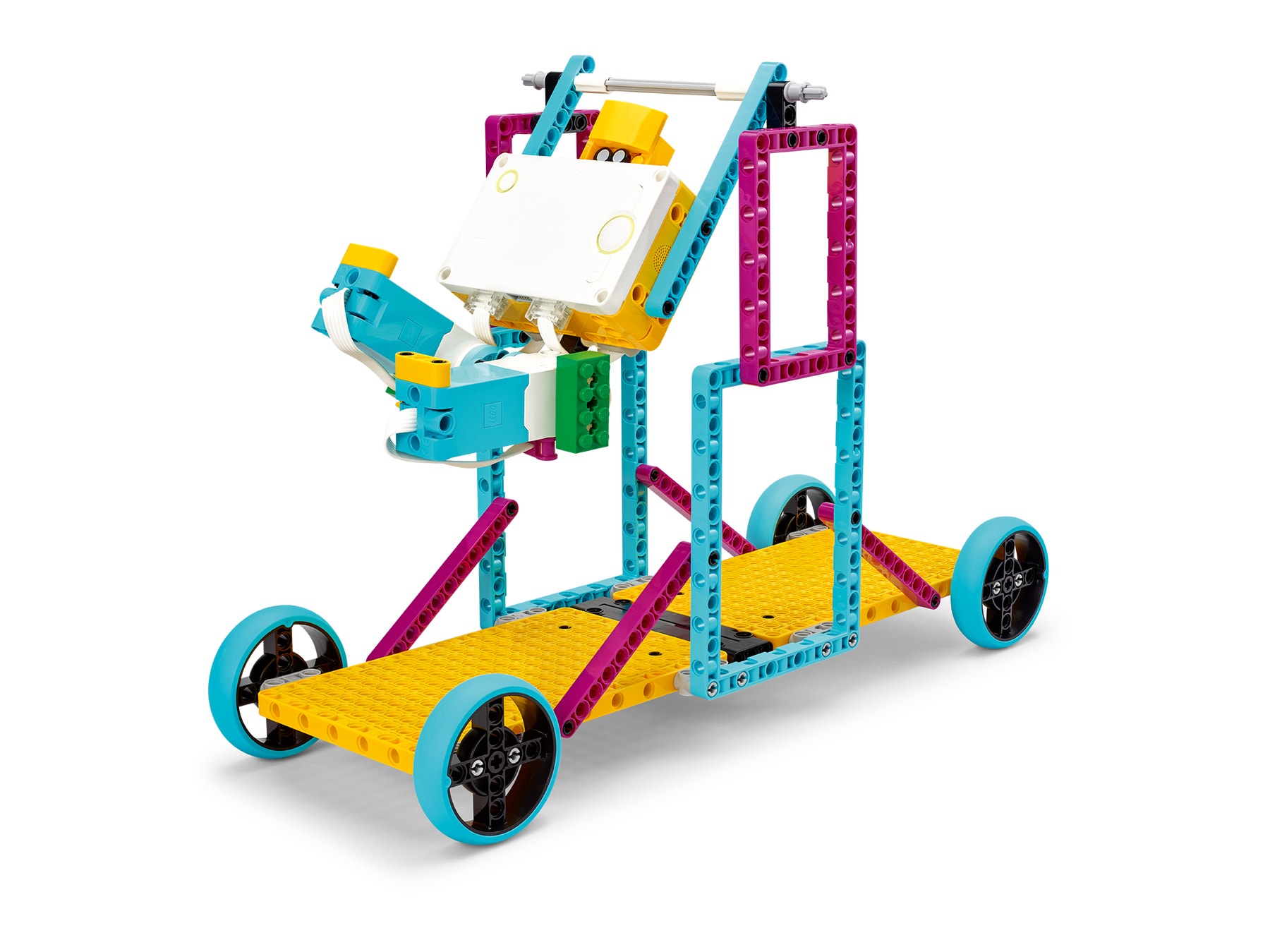
Coding Tips
Main Program

Science Data Tips
Here is an example of the data students can expect from this experiment.
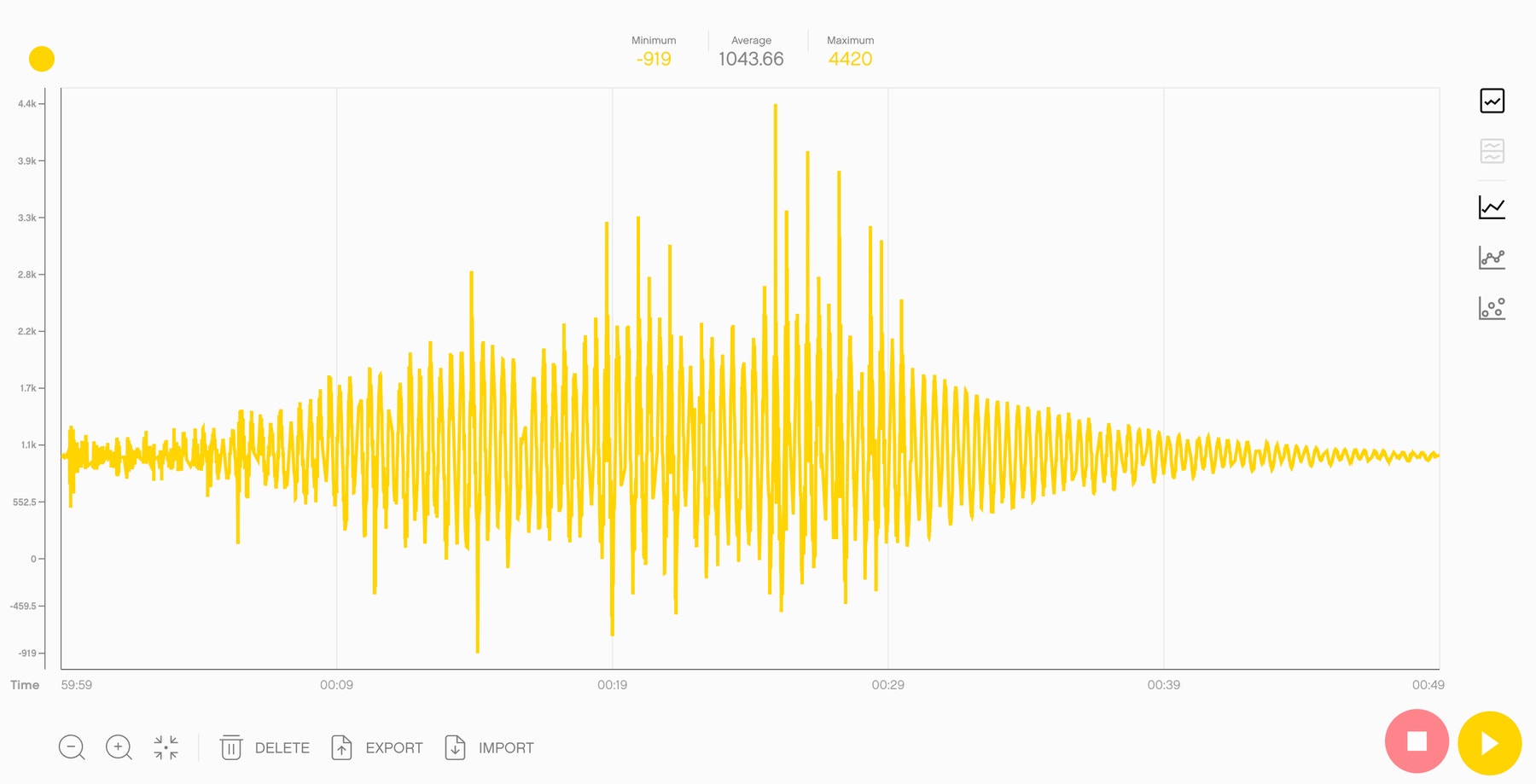
Extensions
Math Extension
To incorporate the development of math skills:
- Have your students use their Hubs to record data outside of the classroom. For example, they could record acceleration values in an elevator, on a playground, or at an amusement park. Ask them to compare and describe the graphs from each location.
Note: This will require additional time.
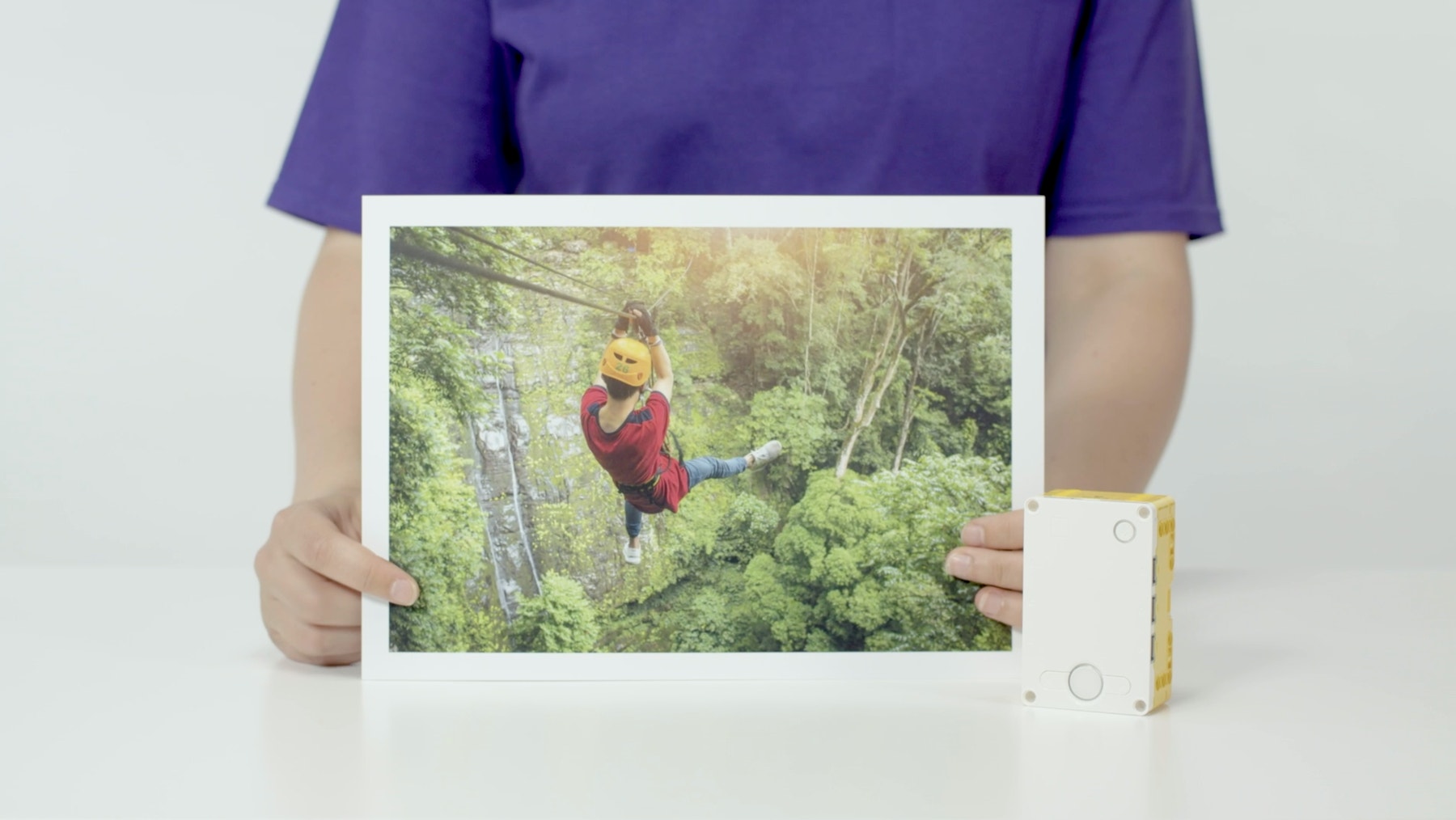
Language Arts Extension
To incorporate the development of language arts skills:
- Pair up the groups during the Elaborate phase of the lesson. Have one group present their model while the other group takes notes, asks questions, and interviews them. Ask them to switch roles. Once both groups have shared, have each group create a blog post or video describing what they've seen.
Note: This will require additional time.
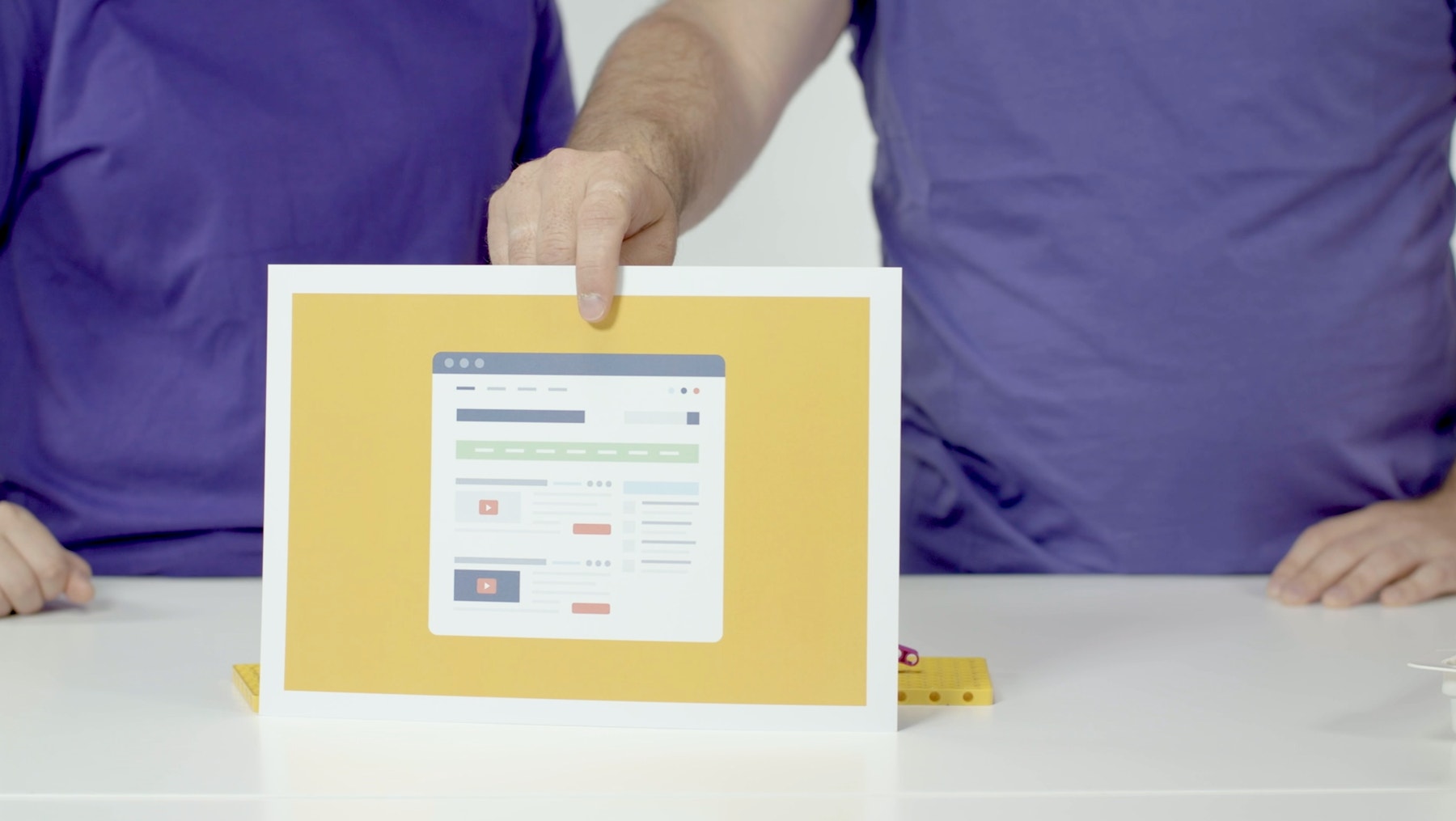
Career Links
Students who've enjoyed this lesson might be interested in exploring these career pathways:
- Therapeutic Services
- Engineering & Technology
Teacher Support
Students will:
- Create a model of an obstacle course that illustrates the use of potential and kinetic energy
LEGO® Education SPIKE™ Prime Set
Device with the LEGO Education SPIKE App installed
Any other relevant material for a project
NGSS
MS-PS3-2
Develop a model to describe that when the arrangement of objects interacting at a distance changes, different amounts of potential energy are stored in the system.
MS-ETS1-4
Develop a model to generate data for iterative testing and modification of a proposed object, tool, or process such that an optimal design can be achieved.
MS-ETS1-3
Engineering Design Analyze data from tests to determine similarities and differences among several design solutions to identify the best characteristics of each that can be combined into a new solution to better meet the criteria for success.
CSTA
2-CS-02
Design projects that combine hardware and software components to collect and exchange data.
2-CS-03
Systematically identify and fix problems with computing devices and their components.
2-DA-09
Refine computational models based on the data they have generated.
ISTE
4a
Students know and use a deliberate design process for generating ideas, testing theories, creating innovative artifacts or solving authentic problems.
4b
Students select and use digital tools to plan and manage a design process that considers design constraints and calculated risks.
4c
Students develop, test and refine prototypes as part of a cyclical design process.
5b
Students collect data or identify relevant data sets, use digital tools to analyze them, and represent data in various ways to facilitate problem-solving and decision-making.
5d
Students understand how automation works and use algorithmic thinking to develop a sequence of steps to create and test automated solutions.




